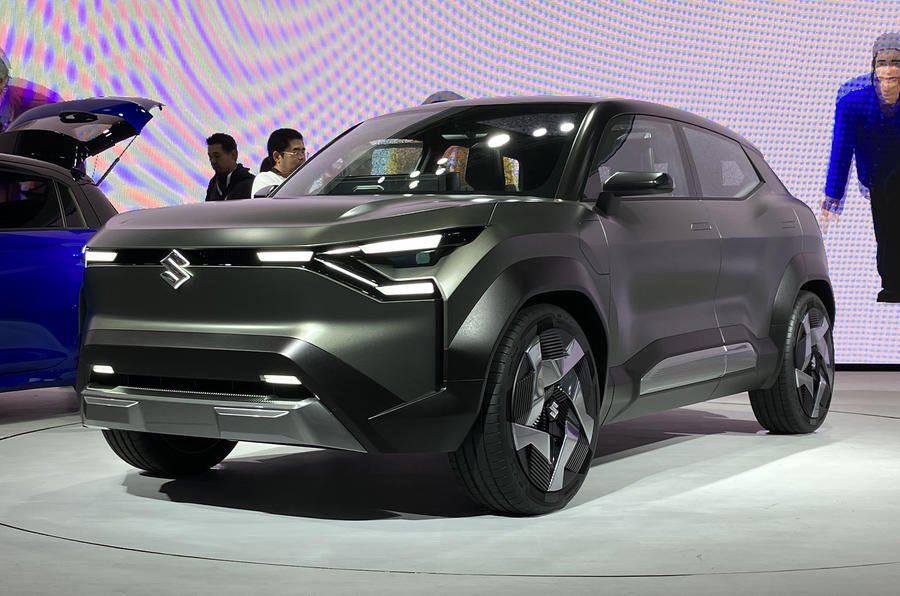Tata Motors, JLR to make EVs in India for the world: Chandrasekaran

Tata Motors and JLR explored synergies for years and have how finalised plans to manufacture EVs in India, he told 'Autocar' website in an interview recently.
Chandrasekaran said that in India there would be two different models of JLR’s electrified modular architecture (EMA) platform: One each from the two automakers. “We will also be exporting (JLR cars) from Sanand (in Gujarat).”
Without divulging more details, Chandrasekaran said the two companies have "bigger aspirations" and Tata Motors will talk about its exports in a year.
Sanand, where Tata Motors has acquired Ford Motors' erstwhile facility, is likely to make the first car based on EMA platform. It is expected that the car named Avinya will be made for global markets besides being sold in India.
JLR has manufacturing plants in the United Kingdom (UK), places in Europe and China and it has outlined a plan for electrification. Tata
Motors' FY24 annual report said the new EMA and Jaguar Electrified Architecture will be introduced from 2025, as the company moves to an electric-first business which will have all its brands offering pure electric options by 2030. Company plants worldwide will be reconfigured: Merseyside, UK, will become the first all-electric manufacturing facility and Solihull will make electric Jaguars, followed by. JLR’s plant in Nitra, Slovakia, will be updated to produce electric vehicles by 2030.
JLR is working with partners and suppliers to reduce emissions by 46 per cent in its own operations and by 54 per cent per vehicle across its entire value chain.
“We can bring the cost attitude of Tata Motors with the design and sophistication of JLR. If we can do that, we will be in a sweet spot. Then you get the benefit, accruing two different ways, and the volumes go up, which justifies the investment into the (EMA) platform,” said Chandrasekaran.
Individually, it will be unviable for Tata Motors to make such an investment and JLR volumes may not be enough. “We are talking about not only the platforms but also the electric and electronic (E/E) architecture.”
Apart from Sanand, another manufacturing hub for exports could be a new project that is coming up in Tamil Nadu for Rs 9000 crore and is expected to be a joint facility for Tata Motors and JLR. Announcements are likely later this month.
Tata Passenger Electric Mobility has committed investments of more than a couple of billion dollars in EVs until the end of this decade. JLR has outlined a capital expenditure (capex) roadmap of over 15 billion UK pounds in the next five years.
Chandrasekaran said a slowdown in EV sales is for a short time and it is cyclical. FY25 has been tough for EV sales by Tata Motors. In the first quarter of FY25, while overall Tata Motors PV wholesales were down 1.1 per cent, EV volumes (at 16,600 units) declined 13.9 percent due to sharp decline in fleet segment.
“If we have to do anything in India, electric vehicles should be prioritised, because we have the maximum number of polluted cities worldwide. As many as 14 out of the 20 (such cities) are in India. So, if we have to solve this problem, in all our companies, we have to pivot,” he said, adding that by 2030 EV penetration in Tata Motors sales would be 30 percent.
Chandrasekaran said the entire Tata Group, and not just Tata Motors, is pivoting to green energy. “We also decided that in Tata Power, we would not put capex in coal. All our capex will go into renewables.”
Nouvelles connexes


